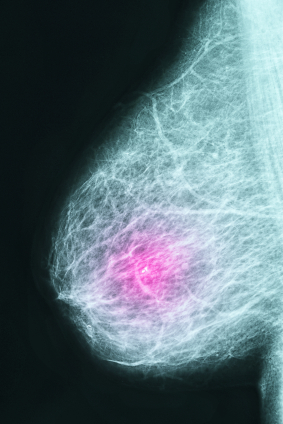By dividing breast cancer into molecular breast cancer subtypes, physicians and researchers can devise better approaches and treatments for dealing with the disease. Most studies divide breast cancer into four major molecular subtypes: Luminal A, Luminal B, Triple-negative, and HER2/neu. Triple-negative breast cancer is characterized by tumors that lack estrogen, progesterone, and human epidermal growth factor receptors.

Higher rates of triple negative breast cancer have been recorded in younger women, Hispanic and African American women, and women of lower socioeconomic class. Triple negative cancer tends to have a poorer prognosis than other types of breast cancer that have more available and effective treatments.
Studies have demonstrated that triple-negative breast cancer possesses a higher probability for recurrence and spreading beyond the breast. This risk is greater within the first few years post-treatment but over time the risk becomes similar to other types of breast cancer. In addition, triple-negative tends to present as a higher grade cancer, meaning that a greater number of cancer cells are abnormal in appearance.
Although surgical and radiation treatments are similar for different types of breast cancer, drug treatments usually vary. Many therapies for breast cancer target cellular receptors. A receptor is a molecule generally located on the surface of cells that is involved with chemical signaling. When a molecule binds to a receptor, it causes the cell to perform certain actions such as division or multiplication. Targeted drug treatments like tamoxifen or Herceptin, designed to treat HER2 positive breast cancer, have not been developed for triple negative. A patient with triple-negative does not express estrogen, progesterone, and HER2/neu receptors so therapy against these receptors is ineffective.
Standard treatment for triple-negative breast cancer is chemotherapy. Current treatments include anthracylines, taxanes, ixabepiplone, platinum agents, and biologic agents. Patients undergoing chemotherapy can experience side effects such as vomiting, nausea, alopecia, mucositis, myelosuppression, etc. Surgery and radiation are additional avenues of treatment. Currently, cancer experts are studying several promising drug strategies targeted for triple negative breast cancer such as PARP inhibitors.
